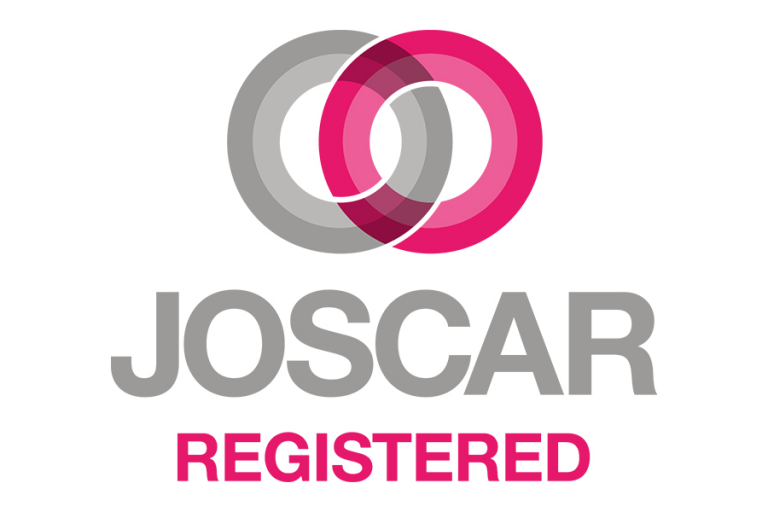ShipConstructor and Cloudis have developed an interface for the Cloudis CMPIC Cable Management Application.
The ShipConstructor-CMPIC interface enables cableway geometry created in ShipConstructor to be used in the CMPIC Cable Management system where the routing, management, change control and downstream installation of cables are managed. The interface has been developed at the database level between ShipConstructor’s SQL Server and CMPIC’s Oracle databases. The ShipConstructor-CMPIC interface brings together the advantages of 3D design creation for cableways and the speed, accuracy and flexibility of routing and managing cables in a database.
The interface provides the following functionality:
- Using Space Allocations within ShipConstructor, the designer creates the various soft envelopes which define the extents of the eventual cableways along which cables will be routed. These space allocations reserve space for the later creation of the various types of cable containment – hangers, MCTs, conduits, trays etc.
- CMPIC macros within ShipConstructor create ‘node points’ at the ends of each space allocation, and within space allocations at hanger locations created using ShipConstructor Electrical functionality. These node points create sufficient connectivity detail for CMPIC to use for routing.
- Once the cables have been routed the engineer will have information in these early stages to help define hanger and MCT sizes, get cable lengths etc. Hanger detail can of course be added at the same time as the space allocations are created, or at a later date.
- Where space allocations are created as abutting, the ShipConstructor modelling feature creates the link between the space allocations.
- Where space allocations do not connect, for instance between the last hanger in a run and an MCT, there is a feature within ShipConstructor that allows the designer to quickly and simply make a connection between these space allocations using a single polyline. These links which are referred to as ‘jumps’ or ‘air jumps’ ensure that the ‘logical’, rather than physical, connection between the two space allocations is created, which in turn means that CMPIC recognizes these logical connections as being possible options for cable routes to take.
- Once the space allocations, links, and hanger objects have been created there is a synchronisation process between the two applications which does two things: it ensures the CMPIC database is holding the same cableway data as the model, and also checks that updates to the model do not compromise any cable routes already done.
- The CMPIC API will in fact refuse any model updates which would compromise a ‘mature’ cable route – in other words a cable route that has been approved. Optionally, cables which have been routed, but whose routes are affected by a model modification, will if possible be automatically re-routed by CMPIC without user intervention. The new routes are then logged for checking and approval. If a re-route is not possible then an error log is created. This is all part of a background CMPIC process. This entire process enables the cable routers to start work even though the cableway network may not have yet been fully completed or fully detailed.
- Another aspect of the synchronisation process is that the entire connectivity reflected in the CMPIC database can be displayed graphically in the model using simple polylines. This then offers the user several useful features.
- The routes of any cables held in CMPIC can be shown in the model by highlighting the lines which make up the cable’s route.
- Additionally, as part of this same process, by using the cable’s status in the CMPIC database, these polylines can be coloured to reflect the highest status of any cable routed along it. So, the user would be able to see which hangers or MCTs had approved or installed cables running through them for example.
- The user can interrogate these lines to see a list of the cables routed at any point. As part of this interrogation the user can also see the % fill of the hanger, tray or MCT as held in CMPIC.
- Where the user prefers to route a single cable manually from within the model, then by digitising on these lines, a cable route can be created. Alternatively, CMPIC’s Automatic Routing function can be executed from the same dialogue and then the routes displayed as explained above.
Once the cableway data has been exported to CMPIC then the full functionality of CMPIC is available for scheduling, routing, terminating, change control and installation management of the cables.
